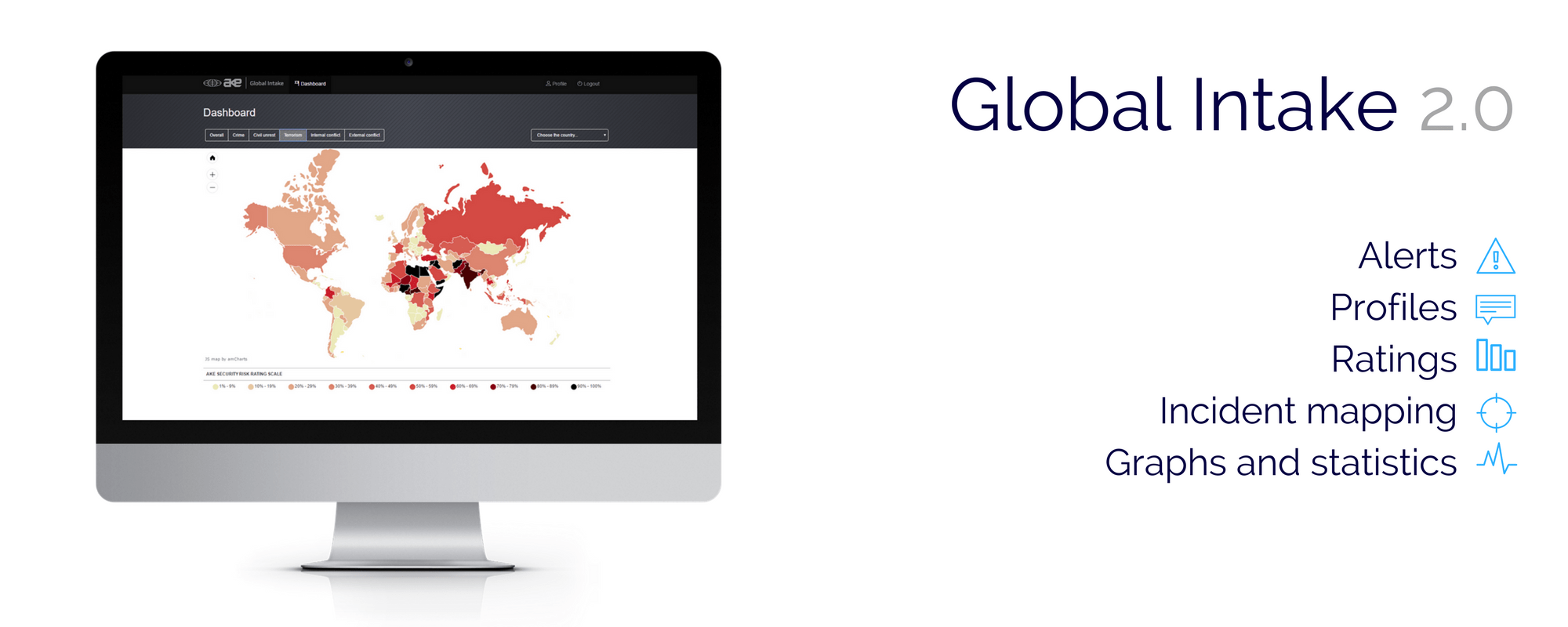Americas: Protests erupt against Tia Maria copper mine project in Peru
Sectors: all; mining; transportation
Key Risks: supply chain disruptions; business disruptions; civil unrest; violent clashes;
In Peru, on 17 February residents of the Valle del Tambo in Islay province, Arequipa region, launched protests against the Southern Cooper Corporation’s US$41.8bln Tia Maria copper mine project. Local communities and unions from Arequipa, Moquegua, Tacna and Cusco regions called for a general strike on 27 February against the project, demanding its cancellation. The project was previously cancelled in 2019 due to violent protests over its perceived environmental impact, including water contamination. The company maintains it has undertaken mitigation measures – including the usage of desalinated water for operations. The project is expected to produce 120,000 tonnes of copper cathodes per year and create 3,600 jobs, which President Dina Boluarte’s government states is necessary for economic recovery. The risk of supply chain disruptions due to roadblocks as well as violent clashes between protesters and security forces will be heightened in the coming days.
Click here to access Peru’s Global Intake country profile.
Asia Pacific: Indonesia’s new sovereign wealth fund projected to be fourth largest in the world
Sectors: all
Key Risks: economic risks, business risks, regulatory changes
In Indonesia, on 24 February President Prabowo Subianto launched the country’s new sovereign wealth fund Danantara – short for Daya Anagata Nusantara. The wealth fund is intended to serve as an “investment vehicle” for state-owned enterprises (SOEs) aiming to strengthen their role in driving economic growth and reach Prabowo’s 8 per cent economic growth target during his first term. He also specified that three state owned banks – Bank Mandiri, Bank Rakyat Indonesia and Bank Negara Indonesia – along with Telkom Indonesia, Mining Industry Indonesia, oil and gas company Pertamina and state electricity utility company Perusahaan Listrik Negara would be among the SOEs included. Valued at approximately US$900bln, Danantara would rank as the fourth largest sovereign wealth fund. Expansion of the fund to entities other than the initial seven companies, as well as increased economic growth as a result, is likely.
Click here to access Indonesia’s Global Intake country profile.
Eurasia: European leaders to meet US President Trump amid tensions over Ukraine war
Sectors: all
Key Risks: war-on-land
In the US, on 24 February French President Emmanuel Macron will meet with US President Donald Trump on the third anniversary of the war in Ukraine and amid rising tensions between the US and its Western partners. UK Prime Minister Keir Starmer will also meet Trump on 27 February. Macron and Starmer seek to present a united European front on continued support for Ukraine, as Trump presses for direct talks with Russia to end the war while excluding Ukraine and its European allies from initial meetings. Also on 24 February, the EU approved its 16th package of sanctions against Russia targeting Moscow’s oil industry and aluminium exports. European leaders will seek to step up military and financial support for Kyiv to strengthen its hand in negotiations with Moscow. Tensions between the US and EU will continue.
Click here to access Ukraine’s and here to access Russia’s Global Intake profile.
Europe: Grand Coalition most likely scenario following 23 February election in Germany
Sectors: all
Key Risks: political stability
In Germany, on 23 February the Christian Democratic Union (CDU) of Friedrich Merz won the general election with 28.5 percent. The far-right Alternative for Germany (AfD) party came second with 20.8 per cent, while the Social Democratic Party (SPD) of Chancellor Olaf Scholz came third with its historical low of 16.4 per cent. With CDU’s Bavarian partner, CSU, ruling out cooperation with the Greens, Merz is likely to begin negotiations with SPD to form a so-called Grand Coalition. The negotiations are expected to be difficult, but both parties will seek to reach an agreement soon. This is motivated by efforts to sideline the AfD and avoid snap elections amid an uncertain security environment in Europe, stemming from Russia’s invasion of Ukraine and the policies of US President Donald Trump. Merz is likely to attempt to reform the debt brake and boost defence spending.
Click here to access Germany’s Global Intake country profile.
MENA: Yemen’s Huthis fire SAMs at US F-16 and MQ-9 Reaper over Red Sea for first time
Sectors: all
Key risks: war at sea; targeted attacks; supply chain disruption; regional escalation
In Yemen, on 19 February the Huthis fired surface-to-air missiles (SAMs) at a US F-16 fighter jet and an MQ-9 Reaper drone over the Red Sea. The missiles failed to hit their target and no damage was reported. This was the first known attempt by the Huthis to target a US fighter jet, signaling a shift in their operational capabilities. On 23 January US President Donald Trump re-designated the Huthis as a Foreign Terrorist Organization. Although the attempt failed, it suggests that the group may increasingly target US and allied aerial and maritime assets in the Red Sea, likely prompting a more aggressive US military response. A successful SAM strike could disrupt US and coalition air operations and raise the risk of broader regional conflict, particularly since Iran is Huthis’ primary supplier of air defence systems.
Click here to access Yemen’s Global Intake country profile.
Sub-Saharan Africa: 90 soldiers, 130 militants killed in al-Shabaab offensive in central Somalia
Sectors: all
Key risks: internal conflict; terrorism; insurgency
In Somalia, on 20 February 90 soldiers and 130 al-Shabaab militants were killed in clashes in El-Ali Ahmed, El-Baraf, Ali Fooldheere and Miirtaqwa, Middle Shabelle region. Al-Shabaab briefly captured two towns before being forced back by federal forces supported by ‘Macawisley’ – local clan militias. Operations by the Somali National Army (SNA) and local forces in the central regions escalated in January, with reports of al-Shabaab militants fleeing into Middle Shabelle after 30 militants were killed in clashes with government forces in Hiraan region on 7 February. The scale and coordination of the 20 February attacks demonstrated the persisting al-Shabaab threat despite Mogadishu’s reporting of the militant group’s diminished capacity following successful counter-terror operations since January. The federal government is likely to launch further counter-offensives as it looks to clear the local area of al-Shabaab militants.
Click here to access Somalia’s Global Intake profile



